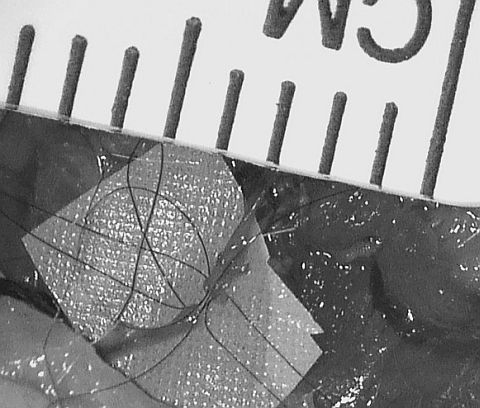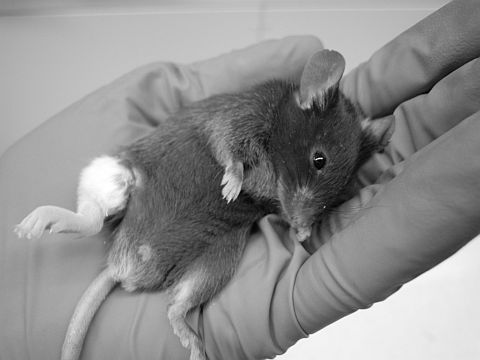Introducing a Reliable Hindlimb Transplantation Model in the Mouse Utilizing Innovative Supermicrosurgical Techniques for Vascular Anastomosis
Plastic and Reconstructive Surgery, Johns Hopkins University School of Medicine, Baltimore, MD
Visceral-, Transplant and Thoracic Surgery, Innsbruck Medical University, Innsbruck, Tirol, Austria
Surgery, Nanjing University School of Medicine, Nanjing, Jiangsu, China
Meeting: 2013 American Transplant Congress
Abstract number: D1496
Investigating the fundamental mechanisms of transplant immunology relies on reproducible animal models. The orthotopic hindlimb model we propose here using a refined technique for vascular anastomosis allows for more reliable anastomosis and better success rates than with previously described techniques, even at a vessel diameter as small as 200¯o;m.
Methods: The model was designed for mice weighing 20-35g (6-20 weeks). C57BL/6 (n=20) were used as recipients, Balb/c (allogeneic) and C57BL/6 (syngeneic) as donors. The donor graft was harvested after dissecting the femoral artery and vein, and muscle cuts were made at the midfemoral level. The recipient animal was prepared in a similar fashion, and the graft was attached in an orthotopic position, performing osteosythesis of both femoral bones with an intramedullary rod. Following the muscle attachment, the vein was anastomosed using a non-suture cuff technique, while the artery was sutured with 6 stitches using 11-0 Nylon (Figure) with the special aid of intravital staining. After reperfusion, the skin was closed with 6-0 Vicryl to complete the surgery.


Results: Our orthotopic hindlimb model in the mouse allowed for success rates of 80%. The major complication vas venous thrombosis. Discovery of early rejection signs and application of the standard Banff grading criteria was possible. Long-term follow-up in syngeneic grafts at 50 days showed normal histological appearance.
The here proposed model will serve as an important tool in the future basic research of reconstructive transplantation.
To cite this abstract in AMA style:
Grahammer J, Mao Q, Schneeberger S, Sucher R, Lee W, Brandacher G. Introducing a Reliable Hindlimb Transplantation Model in the Mouse Utilizing Innovative Supermicrosurgical Techniques for Vascular Anastomosis [abstract]. Am J Transplant. 2013; 13 (suppl 5). https://atcmeetingabstracts.com/abstract/introducing-a-reliable-hindlimb-transplantation-model-in-the-mouse-utilizing-innovative-supermicrosurgical-techniques-for-vascular-anastomosis/. Accessed December 19, 2025.« Back to 2013 American Transplant Congress
